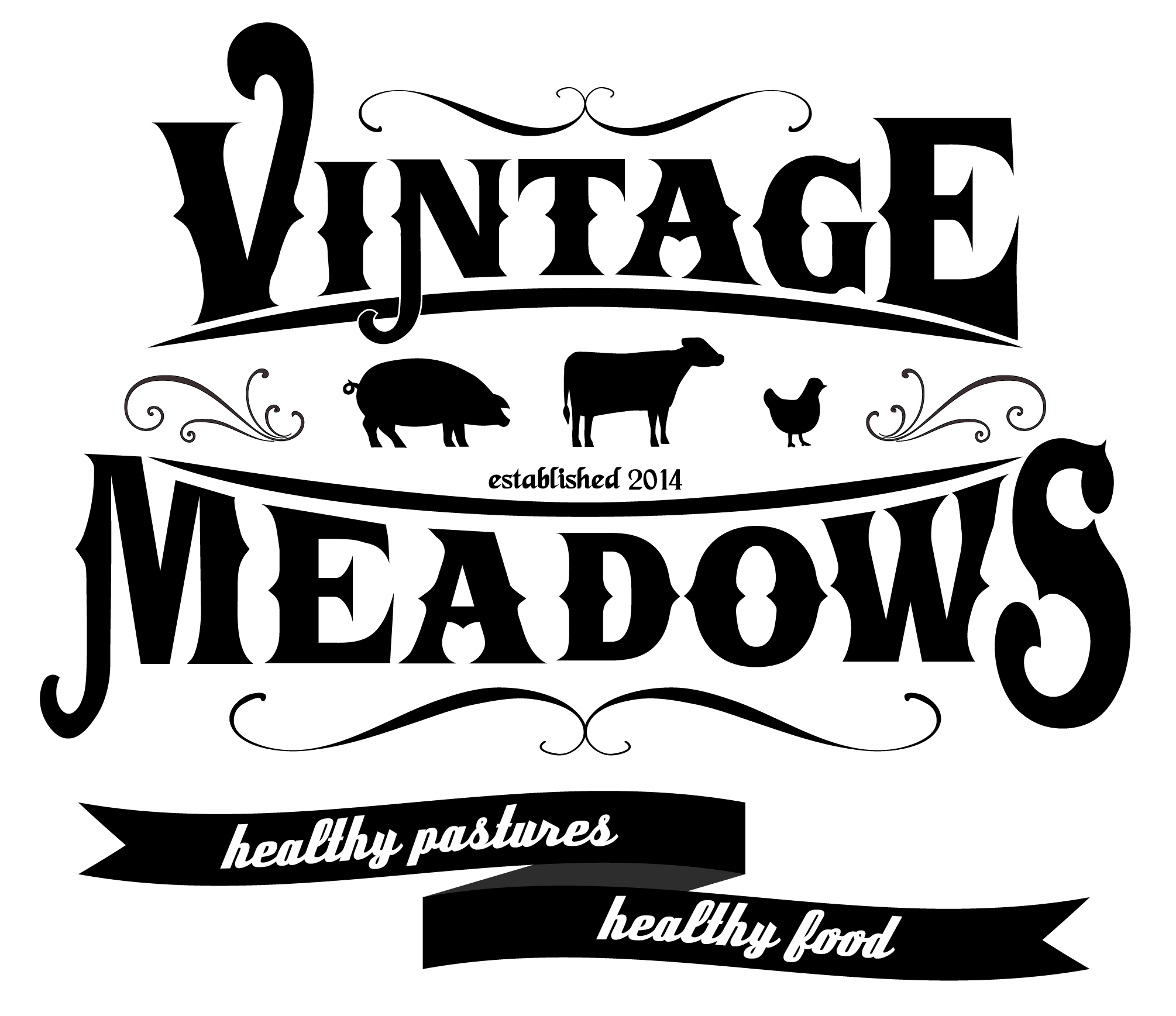Raw Milk and Why it is so Important
If you’re reading this blog, chances are you have heard of the benefits of raw milk. It is possibly a part of your daily diet. Raw milk is, to put it frankly, better than pasteurized milk in every aspect. Not only does it contain greater amounts of vital vitamins and proteins, but pasteurized milk is actually harmful to our bodies and causes nutrient deficiencies. Let’s talk about what makes raw milk so important, the difference between good and bad raw milk, and how you can make informed decisions on the raw dairy you decide to feed your family.
Not all raw milk is created equal.
The best kind of raw milk comes from organic or chemical-free grass-fed cows. Disease and deformity run rampant through commercial dairy operations. Animals are supplemented with antibiotics that sustain them about 42 months before their short lives end. These rough conditions naturally impact the milk negatively. In comparison, pasture-raised dairy cattle consuming organic grass and hay live 12-15 years on average and produce milk rich in healthy fats, proteins, and vitamins, along with the enzymes needed for our bodies to effectively digest the milk. The cow’s diet is essential to producing a healthy raw milk. This article from the Weston A. Price Foundation sheds some light on what conventional farmers are really feeding their dairy cows, and it is shocking. Look under the “Feed” heading for the details, but beware, it will change the way you look at the dairy industry. It will certainly make one question the safety of drinking conventional milk.
Pasteurization
The same article referenced above explains the origins of dairy pasteurization dating back to the early 20th century. Urban dairies began using the pasteurization process (previously used to preserve beer and wine) to sanitize the milk coming from the dirty facilities until a better solution was found. The article states,
“But instead of cleaning up milk production, dairies used pasteurization as a way to cover up dirty milk. As milk became more mass produced, pasteurization became necessary for large dairies to increase their profits. So the public then had to be convinced that pasteurized milk was safer than raw milk. Soon raw milk consumption was blamed for all sorts of diseases and outbreaks until the public was finally convinced that pasteurized milk was superior to milk in its natural state” (Lipinski, 2003).
A gallon of milk from our cow dairy partner farmer, Forest Grove Dairy in Middlebury, IN
Above, I stated that pasteurized milk is harmful to our bodies. Below is a list of the effects of pasteurization. Pasteurization:
Kills the healthy bacteria that promotes immune system health
Makes the milk more susceptible to contamination
Diminishes nutrient content, with significant losses (up to 50-66%) of Vitamins A, D, E, and C.
Affects other vitamins, making them between 38-80% LESS effective
Completely destroys Vitamins B6 and B12
Destroys beneficial enzymes, antibodies, and hormones
Destroys lipase, a fat-burning enzyme, which impairs fat metabolism
Causes calcium to be less available
In addition to these harmful effects, the dairy industry is aware of the nutrient and vitamin deficiencies, so they fortify their product with artificial versions of the depleted vitamins.
Ultra-pasteurization involves higher temperatures and longer treatment times and actually leads to making the remaining product shelf-stable.
Benefits of Raw Milk
After doing more research on the American commercial dairy industry, one may come to the conclusion that it’s better to just avoid it altogether.
“But REAL MILK – full-fat, unprocessed milk from pasture-fed cows – contains vital nutrients like fat-soluble vitamins A and D, calcium, vitamin B6, B12, and CLA (conjugated linoleic acid, a fatty acid naturally occurring in grass-fed beef and milk that reduces body fat and protects against cancer). Real milk is a source of complete protein and is loaded with enzymes. Raw milk contains beneficial bacteria that protects against pathogens and contributes to a healthy flora in the intestines. Culturing milk greatly enhances its probiotic and enzyme content, making it a therapeutic food for our digestive system and overall health” (Lipinski, 2003).
Conclusion
We highly recommend doing further research on this topic, in order to make the best informed decisions for your family. The Weston A. Price Foundation is a great resource, with hundreds of relatable articles available. Here’s another page with answers to many questions about raw dairy. We are always happy to answer any questions about our dairy suppliers, all of whom provide high-quality, nutrient dense products for our customers, with all of their natural benefits still intact. Raw milk is a superfood that unfortunately most people do not recognize. Rejoice in the freedom we have to educate ourselves and take advantage of this glorious, delicious, life-sustaining resource!
References
Horizon Organic. (n.d.). What is Shelf-Stable Milk? https://horizon.com/about-us/what-is-shelf-stable/
Lipinski, L. (2003). Milk: It Does a Body Good?, Weston A. Price. https://www.westonaprice.org/health-topics/making-it-practical/milk-it-does-a-body-good/#gsc.tab=0.
Weston A. Price Foundation. (2009). FAQ-Dairy. https://www.westonaprice.org/health-topics/faq-dairy/#gsc.tab=0



